Embarking on your rucking journey is exciting, but selecting the right gear can be daunting. Two popular options from GORUCK are the Rucker and the Ruck Plate Carrier (RPC). This guide provides a detailed, component-by-component comparison to help you choose the best fit for your needs.
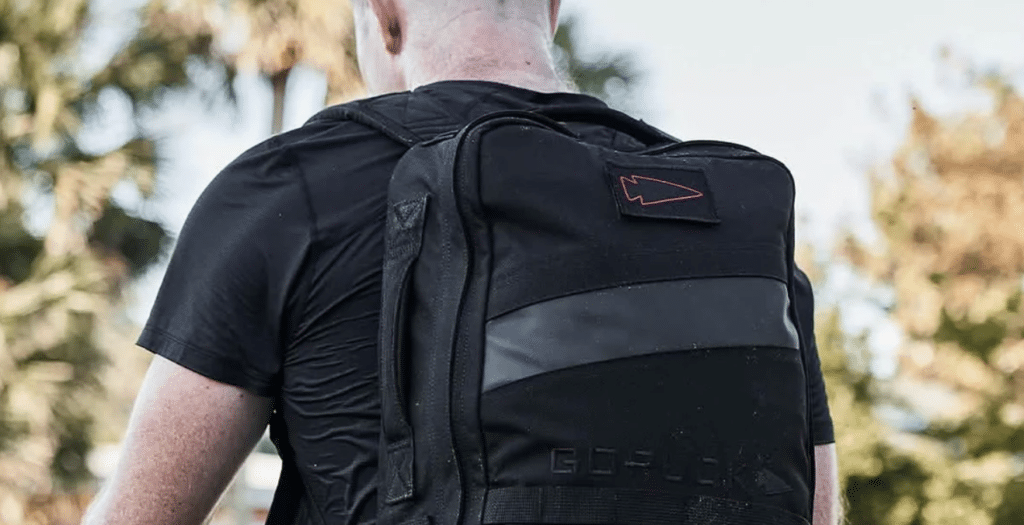
1. Design and Structure
- Rucker: Designed as a traditional backpack, the Rucker offers multiple compartments and a spacious interior, allowing for versatile use beyond just rucking. It’s available in various sizes, such as 15L. 20L and 25L, catering to different capacity needs. The Rucker is built with durability in mind, featuring materials like 1000D Cordura, ensuring it withstands rigorous use.
- RPC: The RPC is a minimalist, vest-like carrier focused solely on holding a ruck plate securely against your back, eliminating extra storage. Its compact design reduces bulk, making it ideal for high-intensity workouts where mobility is key. The RPC is constructed with quality materials to ensure a snug fit and durability during dynamic movements.
Takeaway: If you prefer a multi-functional backpack with ample storage and versatility, the Rucker is ideal. For a streamlined, weight-focused experience that enhances mobility, the RPC stands out.
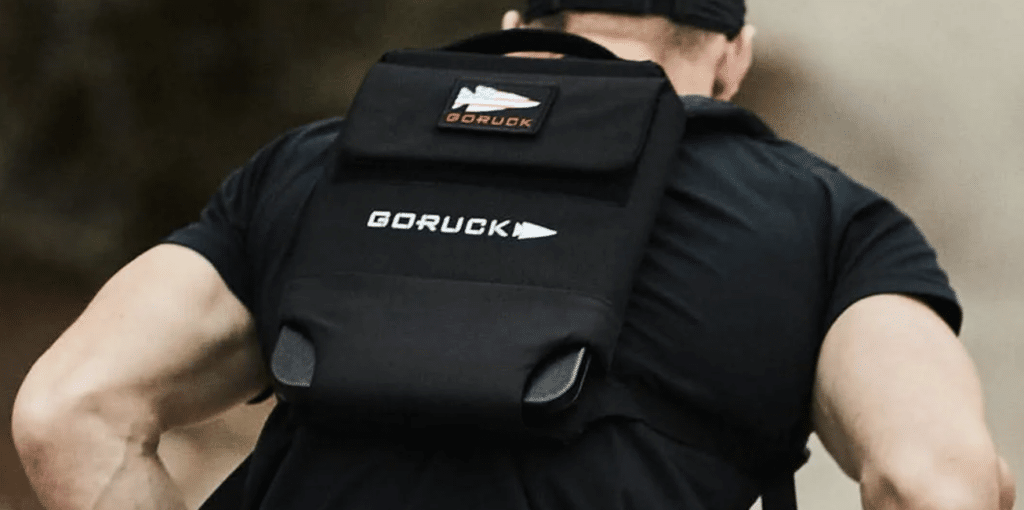
2. Comfort and Fit
- Rucker: Features padded shoulder straps and a supportive back panel, distributing weight evenly and enhancing comfort during extended rucks. The design includes a structured frame sheet and an EVA foam back panel, providing stability and reducing strain on your back. Additionally, the Rucker accommodates a hydration bladder, ensuring you stay hydrated on longer treks.
- RPC: Its compact design offers a close-to-body fit, promoting natural movement. The RPC is designed to hold the ruck plate high on your back, maintaining a center of gravity that aids in dynamic exercises.
Takeaway: For longer sessions where comfort and support are priorities, the Rucker’s padded design is beneficial. The RPC offers greater mobility and a snug fit for shorter, high-intensity workouts.

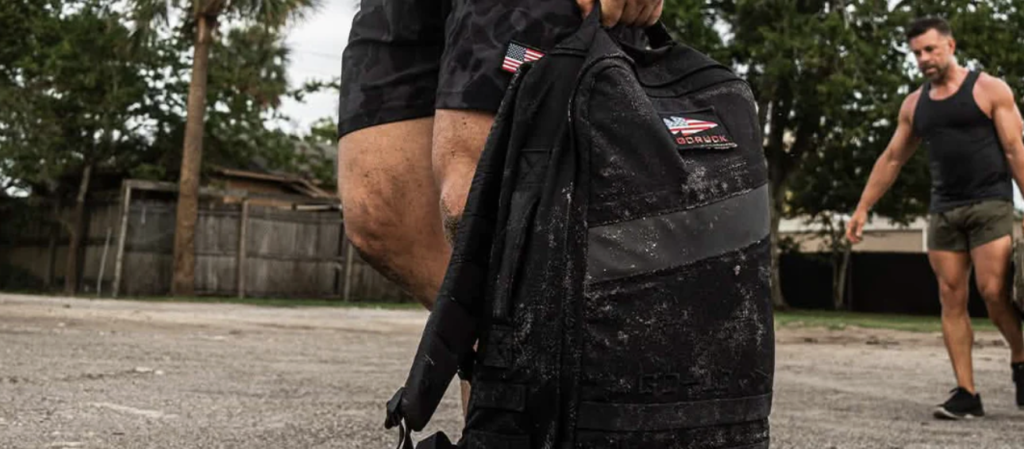
3. Storage Capacity
- Rucker: Equipped with multiple compartments, it allows you to carry additional items like water, snacks, and personal belongings. The interior includes a dedicated ruck plate pocket, a bladder compartment, and additional pockets for organization. External MOLLE webbing provides attachment points for extra gear or pouches, enhancing its versatility.
- RPC: Designed without extra pockets, focusing solely on holding the ruck plate, which means you’ll need alternative solutions for carrying other essentials. Its minimalist approach reduces weight and bulk, but sacrifices storage capacity. The RPC is optimized for workouts where additional gear is unnecessary.
Takeaway: If carrying extra gear is important, the Rucker’s ample storage capacity is advantageous. The RPC is suited for minimalist setups where additional storage isn’t required.
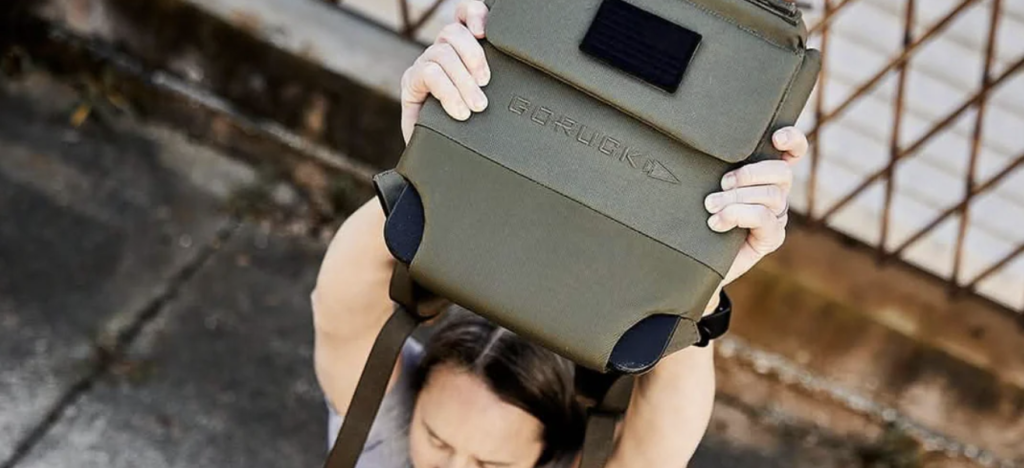
4. Versatility
- Rucker: Its backpack design makes it suitable for various activities beyond rucking, such as hiking, travel, or daily commuting. The durable construction and ample storage make it a reliable companion for diverse adventures. The Rucker’s design accommodates different training weights and gear, enhancing its adaptability.
- RPC: Specialized for rucking and weighted workouts, its use is more focused and may not serve as a general-purpose bag. The streamlined design is excellent for exercises like push-ups, lunges, and sprints, where unrestricted movement is essential. However, its lack of storage and specialized design limit its versatility for other activities.
Takeaway: For a multi-use bag that adapts to various activities, the Rucker offers greater versatility. The RPC excels in specialized training scenarios where minimalism and mobility are prioritized.

5. Load Capacity
- Rucker: Designed to carry substantial weight, the Rucker can accommodate multiple ruck plates, with a maximum capacity of up to 75 lbs. This makes it suitable for those looking to progressively increase their load for endurance training. The sturdy construction ensures that the backpack maintains its integrity under heavy loads.
- RPC: The RPC is designed to hold a single ruck plate, with the standard size accommodating up to 30 lbs and the long size up to 45 lbs. This is ideal for high-intensity workouts where added weight is beneficial but doesn’t require the higher capacity that the Rucker offers. The design ensures the weight is held close to the body, maintaining balance during dynamic movements.
Takeaway: If your training involves carrying heavier loads or progressively increasing weight, the Rucker’s higher capacity is advantageous. For those focusing on high-intensity workouts with moderate weight, the RPC’s capacity is sufficient.
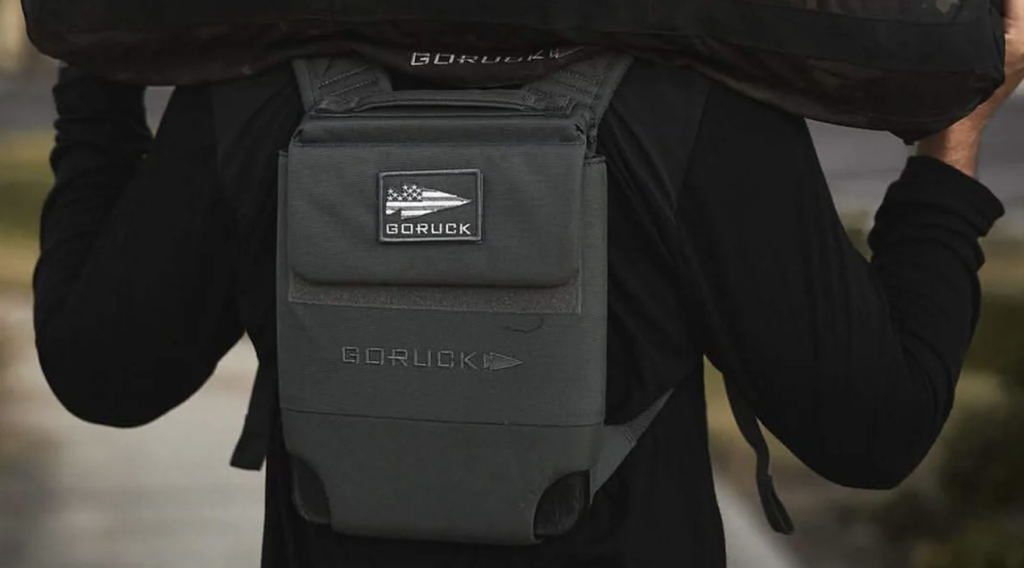
6. Price Point
- Rucker: With its added features, materials, and versatility, the Rucker comes at a higher price point. The investment reflects its multi-functional use, durability, and comfort features. For those seeking a long-term, versatile rucking solution, the cost may be justified.
- RPC: Its minimalist design requires fewer materials, making it a more budget-friendly option. The RPC offers essential functionality for those focused on specific training without the need for additional features. It’s an economical choice for individuals seeking a straightforward, effective rucking tool.
Takeaway: Consider your budget and the features you value most. The Rucker offers more amenities and versatility at a higher cost, while the RPC provides essential functionality at a more accessible price point.
Final Thoughts
Both the GORUCK Rucker and Ruck Plate Carrier are excellent choices, each catering to different needs. Consider your training style and what you value most in your gear to make the best choice for your rucking adventures.

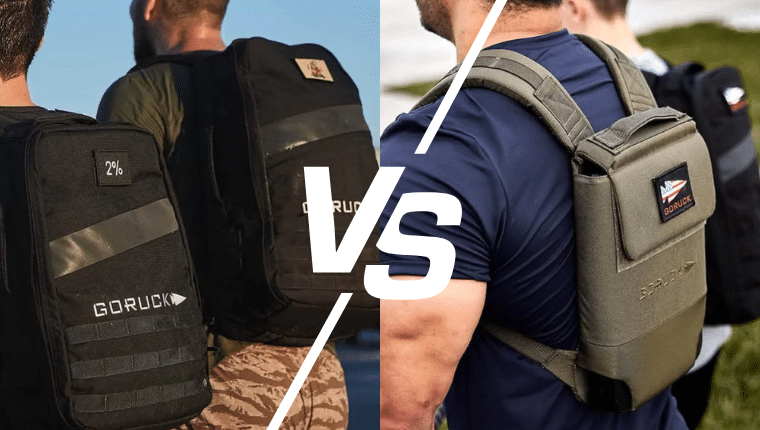
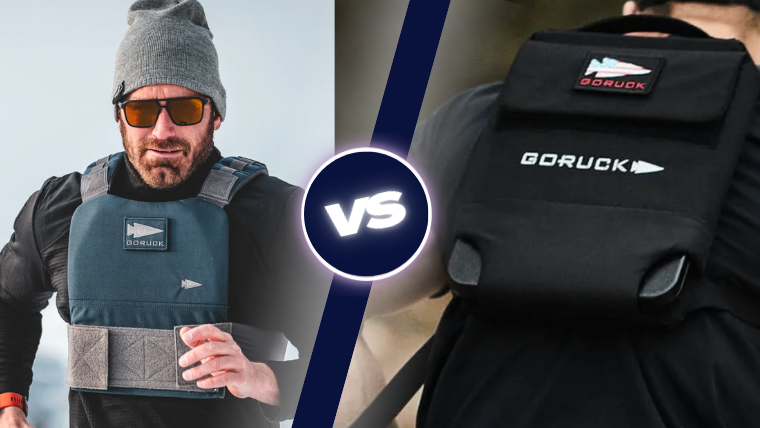
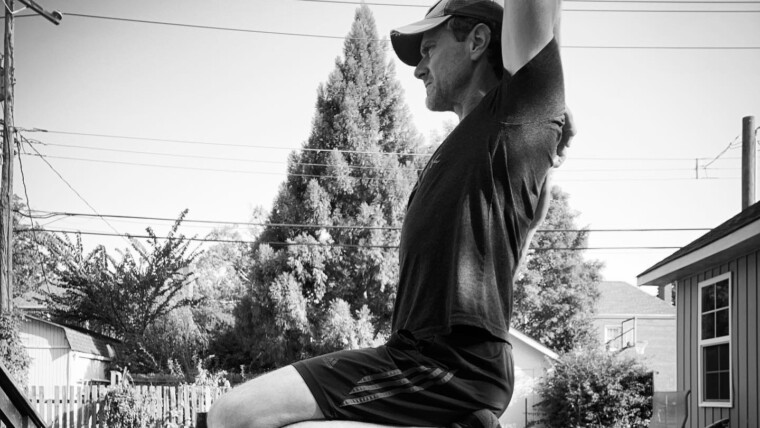



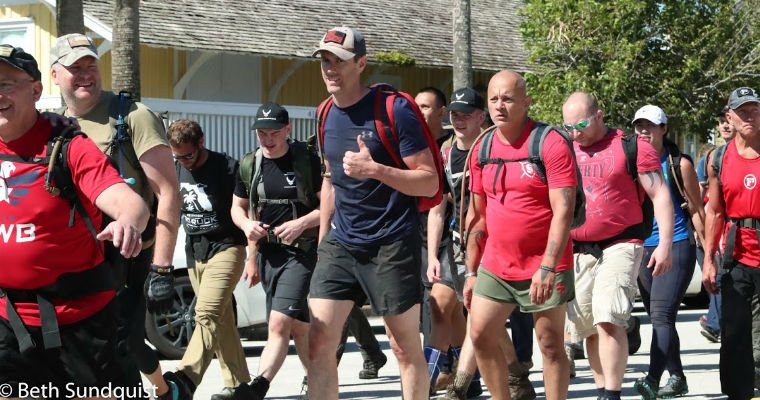
6 Replies to Comparing the GORUCK Rucker and Ruck Plate Carrier: A Detailed Guide for Beginners
3t1ruo
vq70vi
9utvxx
Sustainability in business practices is increasingly important Explore articles on environmentally friendly initiatives and sustainable business practices on Iraq Business News
BusinessIraq.com delivers breaking business and economic news from across Iraq’s dynamic market landscape. Our platform offers real-time coverage of crucial economic indicators, market movements, and policy changes affecting Iraq’s business community. According to recent reports from cnbc.com, our comprehensive analysis aligns with global economic trends while focusing on Iraq’s unique market conditions, providing decision-makers with vital insights for strategic planning and investment decisions.
CIRs yvdNjLuA phmSsJ
Comments are closed.
Best Rucking Gear on Amazon.com
What are the Best Shoes for Rucking?
Training Program for New Ruckers
Rucking for Beginners: A Complete Guide to Getting Started
What is Rucking?
Is Rucking Better Than Running?
Best Rucking Backpacks List
How Many Calories Do I Burn Rucking?